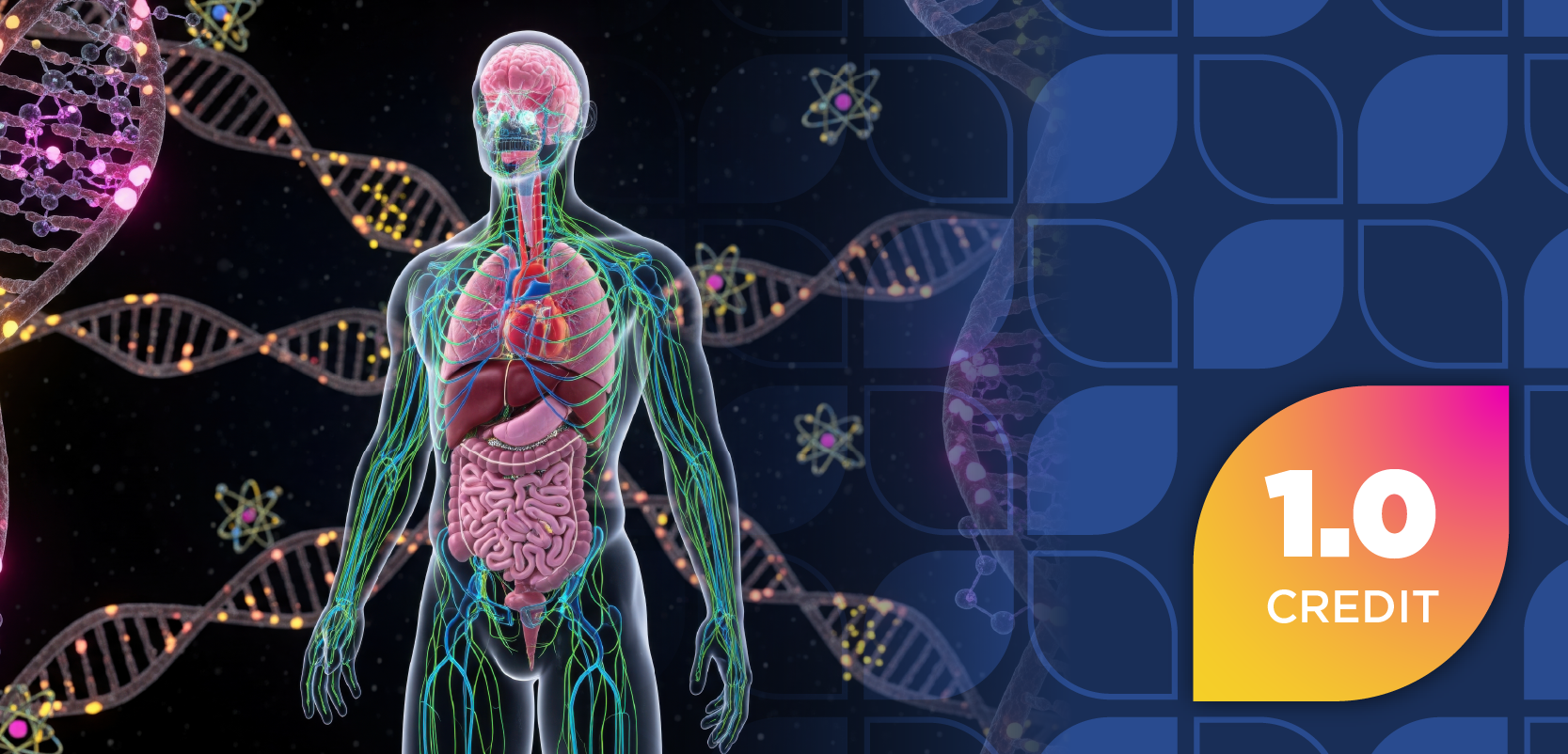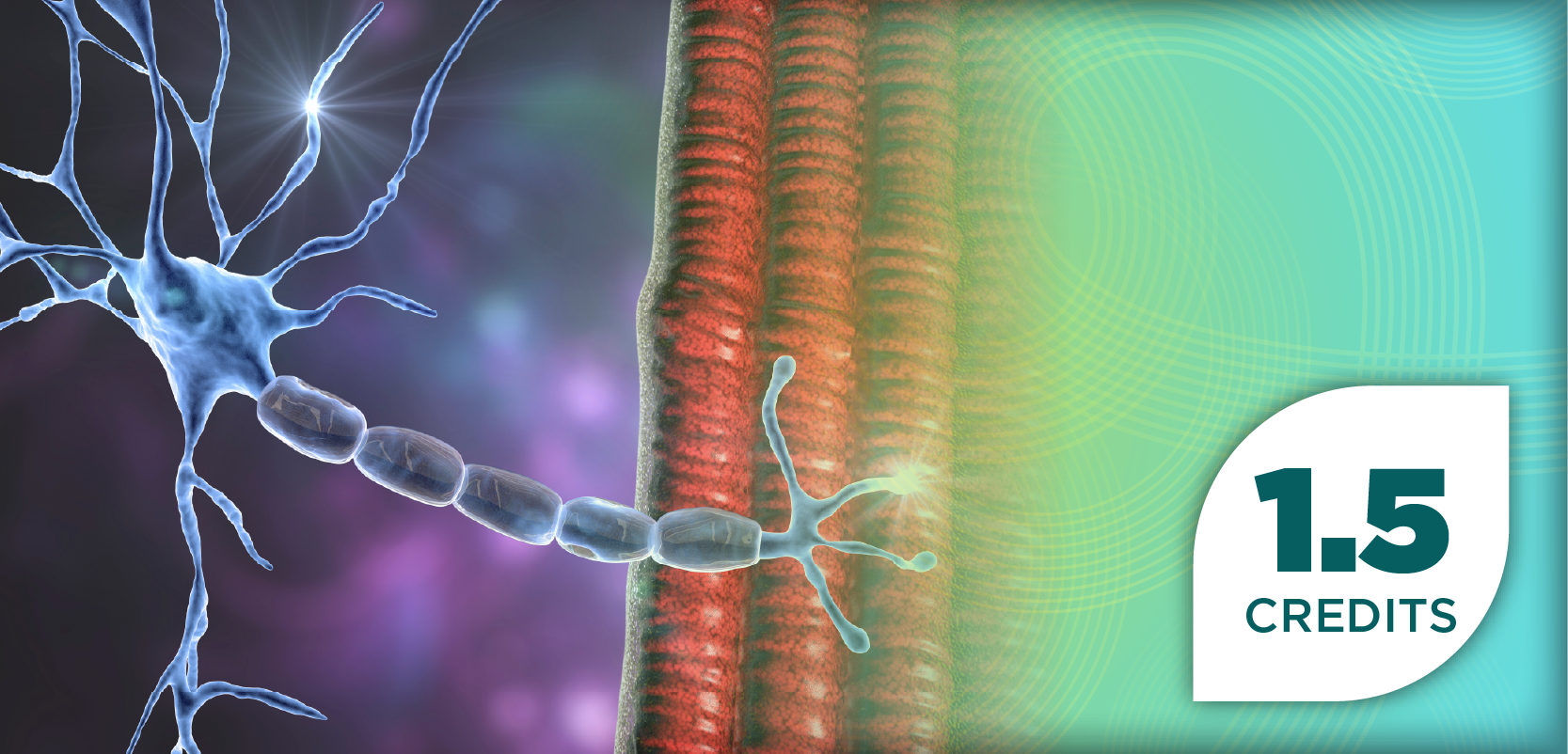
New Vaccine Candidate Shows Long-Lasting Protection Against Crimean-Congo Hemorrhagic Fever
Key Takeaways
- CCHF is a severe tick-borne viral disease with a high mortality rate and limited treatment options, necessitating urgent preventive measures.
- A VRP vaccine targeting the nucleoprotein antigen has shown promising preclinical results, with durable antibody responses and significant survival rates in mice.
New vaccine developments for Crimean-Congo hemorrhagic fever offer hope for prevention, highlighting pharmacists' crucial role in future vaccination efforts.
Crimean-Congo hemorrhagic fever (CCHF) is a tick-borne zoonotic viral disease that presents a formidable challenge to global health given its high case-fatality rate, broad endemic geography, and lack of widely approved pharmacologic or immunologic countermeasures. According to the Centers for Disease Control and Prevention (CDC), CCHF "is the most widespread viral hemorrhagic fever," and it is found in Eastern and Southern Europe, the Mediterranean, northwestern China, Central Asia, Africa, the Middle East, and the Indian subcontinent.1
One of the ways through which the disease is spread includes ticks that have bitten a host, contact with the blood or other body fluids of infected animals, and human-to-human transmission in health care settings where infection prevention measures are not followed.1 In early illness, CCHF is usually acute and characterized by high fever, headache, myalgia, vomiting, and other nonspecific signs. By day 4 of having the disease, patients may experience extensive bruising, nosebleeds, uncontrolled bleeding, and multiorgan failure.1
The mortality rate of hospitalized patients can be as high as 50%. As there is no vaccine that is widely available and only a few antiviral options, the disease emphasizes the necessity of new preventive measures as a matter of urgency.1
Advancement in Vaccine Development for CCHF
Various factors have prevented the creation of a human vaccine for CCHF. These factors included the virus’s genetic diversity, its propagation through a tick-animal-human cycle, and that the virus could only be handled in high-containment laboratory facilities. A study on a mouse model published in npj Vaccines brings fresh hope to the field. Scientists tested a viral replicon particle (VRP) vaccine—a single-cycle construct that imitates the real virus but does not replicate—directed to the nucleoprotein (NP) antigen of the CCHF virus.2
The study found that vaccinated mice sustained immunoglobulin G antibody responses for up to 18 months, with comparable titers in both single‐dose (“prime-only”) and 2‐dose (“prime-boost”) groups through 12 months.2 Importantly, survival after lethal viral challenge in this immunosuppressed mouse model remained 75% or greater up to 12 months in the boosted group and 67% at 6 months in the prime-only group.2 These data support durable humoral immunity and long-term protection in a stringent preclinical challenge model.
Simultaneously, a news announcement from the University of California Riverside (UCR) reveals that this vaccine method created measurable antibodies only 3 days after a single injection and kept detectable responses for as long as 18 months.3 The UCR group points out that their vaccine method is a radical one for most vaccines, which generally use surface protein; hence, their VRP does not target glycoproteins on the viral surface but rather expresses the NP antigen, which is normally buried inside the virion but is the most likely one for protective immunity.3
What Could This Mean for Pharmacists?
For pharmacists, this advancement mainly underlines their growing role in the preparation for the occurrence of new diseases. When human clinical trials have started and the regulatory review has been obtained, pharmacists will be on the spot in vaccination campaigns, cold-chain management, vaccine counseling, and adverse event monitoring.
Additionally, as antibodies are quickly produced in the animal models that have been tested, pharmacists working in areas where the disease is endemic or might occur may have to coordinate with the occupational health department (for veterinary workers, livestock handlers, and healthcare staff) in order to harmonize vaccination strategies with the protocols of exposure to the occupation.
Pharmacists should keep their eye on the changing regulatory environment. Even though no vaccine is available yet, the data indicate that one might be forthcoming. The CDC states that "there is no widely available or approved vaccine for human use to prevent CCHF;"1 thus, early access programs, special regulatory pathways, or outbreak-use authorizations may come before full licensure.
Challenges and Next Steps
These results have only been shown in preclinical studies, and there are still several significant obstacles that need to be overcome. Currently, there is no evidence of efficacy in humans, and thus the durability of the effect in humans has to be inferred from the mouse model with caution. One issue with the diversity of CCHF virus strains is whether a vaccine developed against one genotype would protect against others.
In addition, difficulties in production, maintaining the cold chain, availability to the whole world, especially to the endemic low-resource areas, and making sure that the vaccine will be cost-effective are factors that will determine its impact in the real world. Although the durability data appear promising, it is important to keep long-term safety under surveillance, identify correlates of protection (especially the role of NP-targeted responses vs neutralizing antibodies), and monitor vaccine effectiveness in different populations (eg, elderly, immunocompromised).
REFERENCES
About Crimean-Congo hemorrhagic fever. Crimean-Congo Hemorrhagic Fever. Published June 17, 2024. Accessed November 24, 2025
https://www.cdc.gov/crimean-congo-hemorrhagic/about/index.html Sorvillo TE, Karaaslan E, Davies KA, et al. Durable humoral immunity and long-term protection induced by a Crimean-Congo hemorrhagic fever virus replicon particle vaccine in mice. npj Vaccines. 2025;10(1). Published November 21, 2025. Accessed November 24, 2025. doi:https://doi.org/10.1038/s41541-025-01293-9
A fast, lasting defense against a deadly virus. EurekAlert!. Published November 21, 2025. Accessed November 24, 2025.
https://www.eurekalert.org/news-releases/1107093
Newsletter
Stay informed on drug updates, treatment guidelines, and pharmacy practice trends—subscribe to Pharmacy Times for weekly clinical insights.


















































































































































































































